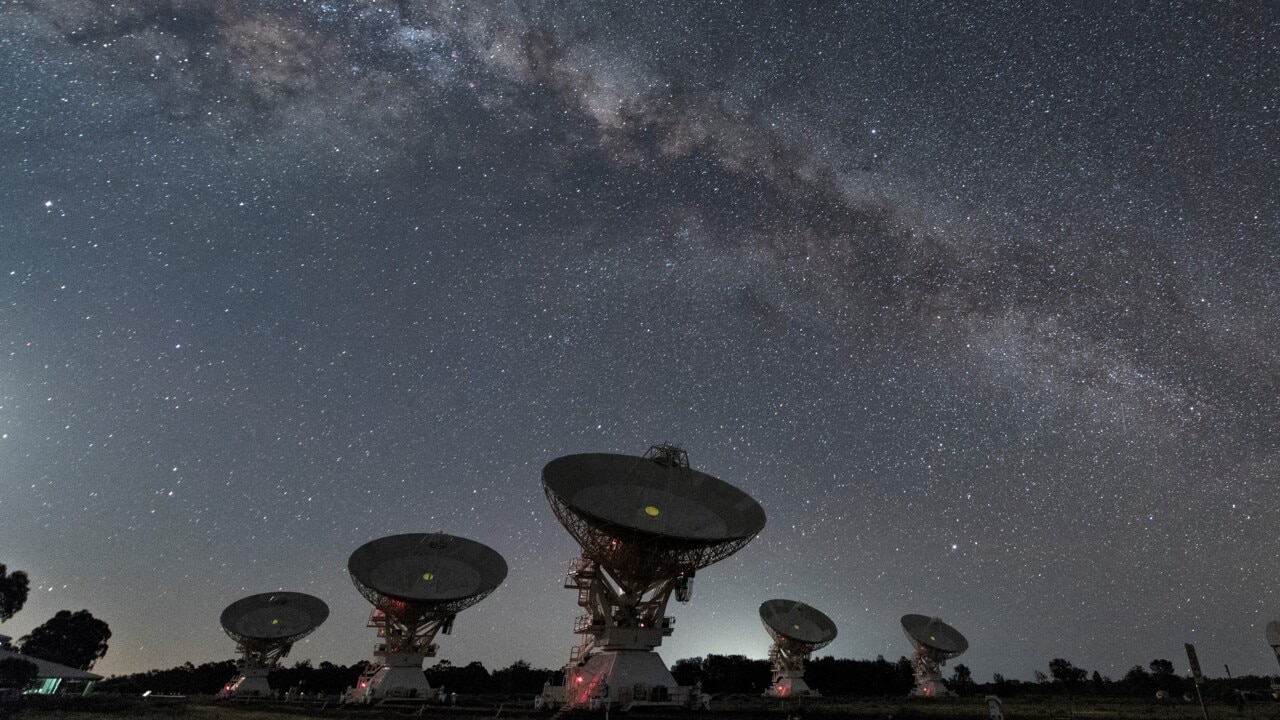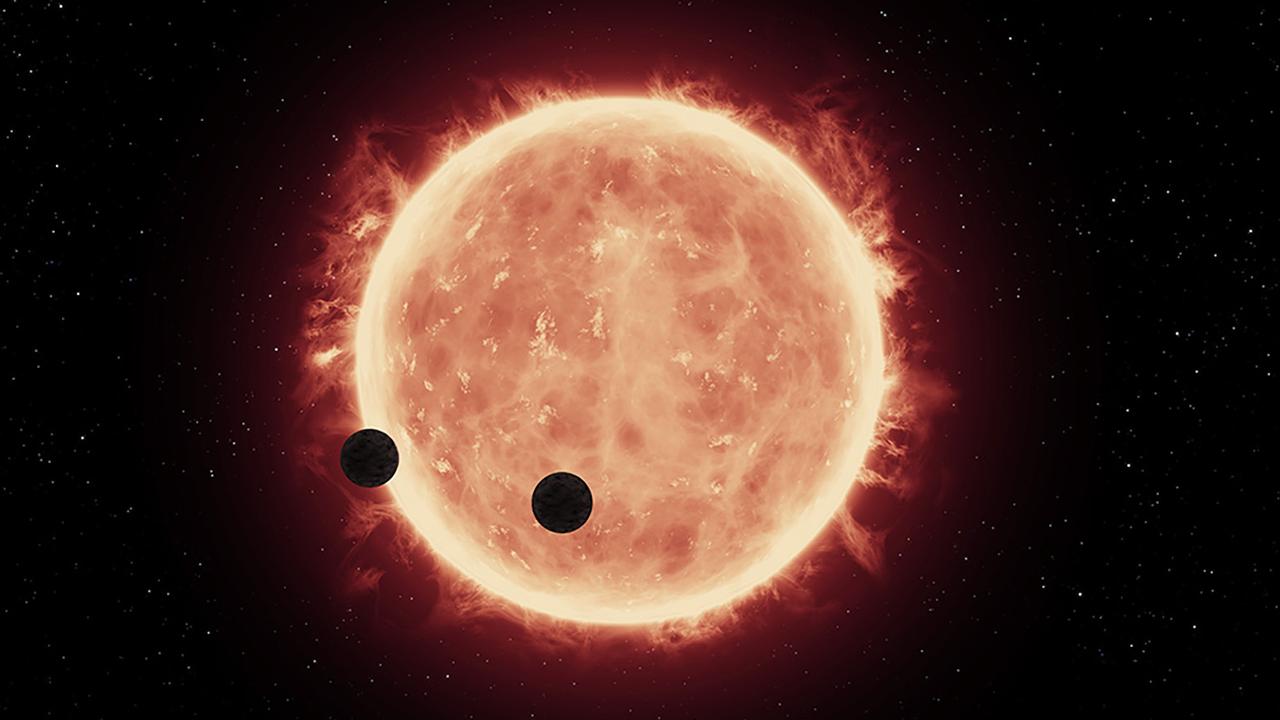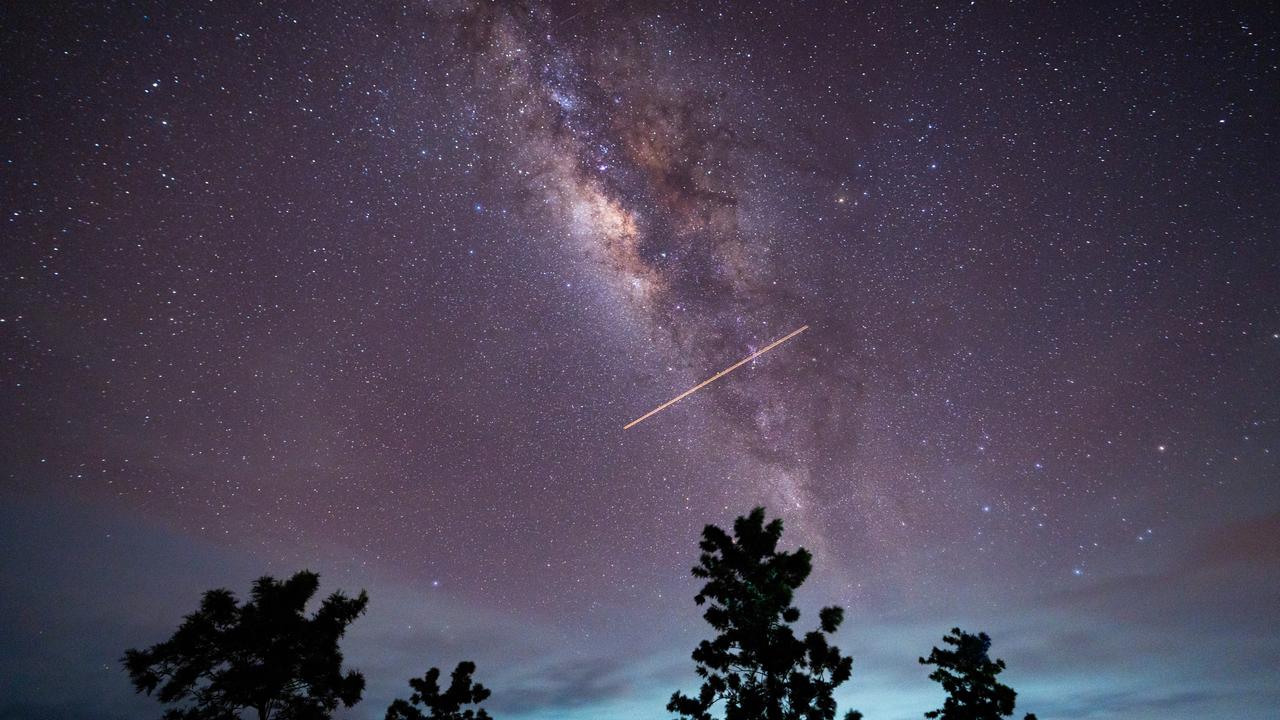NASA discovers 10 new exoplanets since the start of 2022
Since the start of 2022, NASA has uncovered 10 new “exoplanets”, shedding light on the distant and mysterious worlds.

We’re only six weeks into 2022 and NASA is already shedding light on distant and mysterious worlds.
The US space agency has discovered ten exoplanets since the turn of the year – and shows no sign of slowing down soon, The Sun reports.
Exoplanets are planets outside of our Solar System. Thousands have been discovered since the 1980s.
As well as being potential locations of extraterrestrial life, they provide opportunities to better understand the evolution of the universe.
According NASA’s exoplanet database, of the ten exoplanets found this year, six are larger than Jupiter.

They include HD 69123 b, which is three times the size of the gas giant and sits 245 light-years from Earth.
It orbits a K-type star, according to NASA, and takes over three years to complete each trip around its host.
A number of smaller exoplanets have also been unearthed by astronomers.
They include LTT 1445 A c, a potentially rocky world that’s one-and-a-half times the size of Earth.
It takes a little over three days to complete an orbit of its host, an M-type star about 22 light-years away.
So far, NASA has catalogued almost 5000 exoplanets scattered across 3600 star systems near and far.
They come in all shapes and sizes, including gas giants, Neptune-like ice worlds and so-called Super Earths.
A Super Earth, such as LTT 1445 A c, has a mass higher than our planet’s below those of the ice giants Uranus and Neptune.
The first planet discovered orbiting a Sun-like star was confirmed in 1995, and the technology to find them has come on leaps and bounds since then.
Many of the exoplanets in Nasa’s database were discovered using the Kepler and TESS space telescopes.
They’re specially designed to discover distant worlds by analysing stars, searching for the telltale “wink” in starlight produced when they are transited by an orbiting planet.
More Coverage
“Right now we know, for the first time, that small planets are very common,” Sara Seager, a professor at the Massachusetts Institute of Technology and an exoplanet research pioneer, says on Nasa’s website.
“It’s phenomenal. We had no way to know that before Kepler. We’ll just say, colloquially: They’re everywhere.”
This article originally appeared on The Sun and was reproduced with permission





